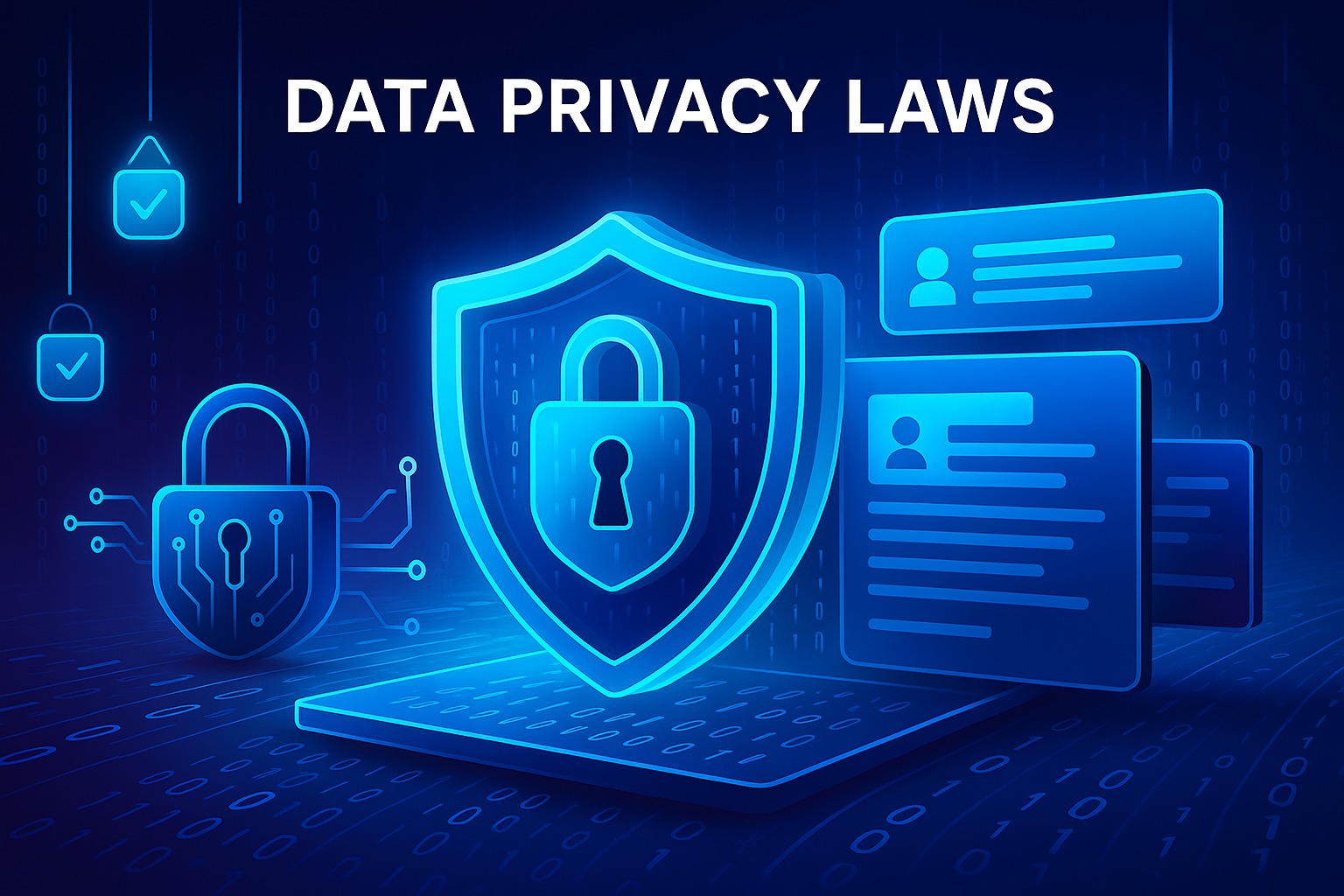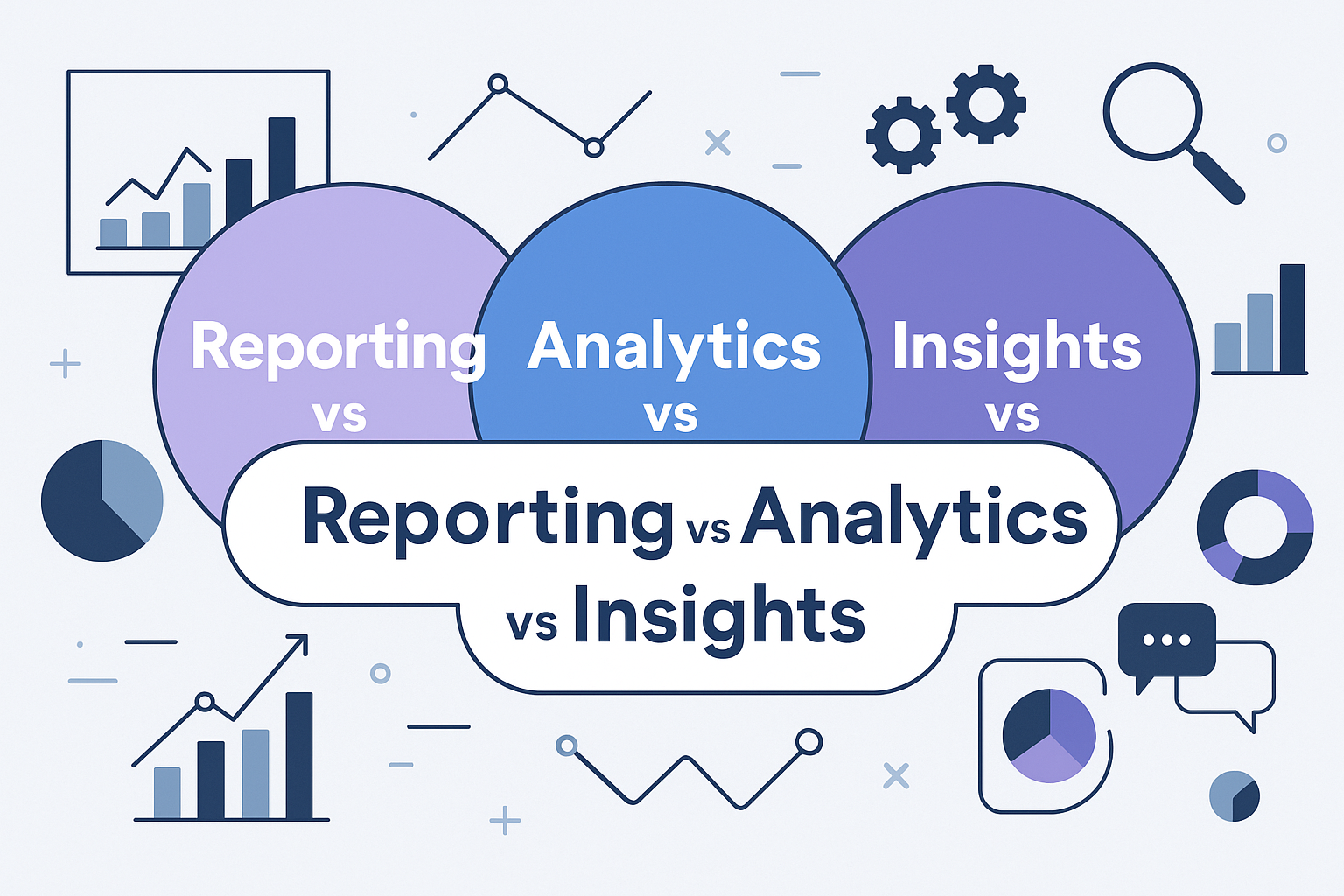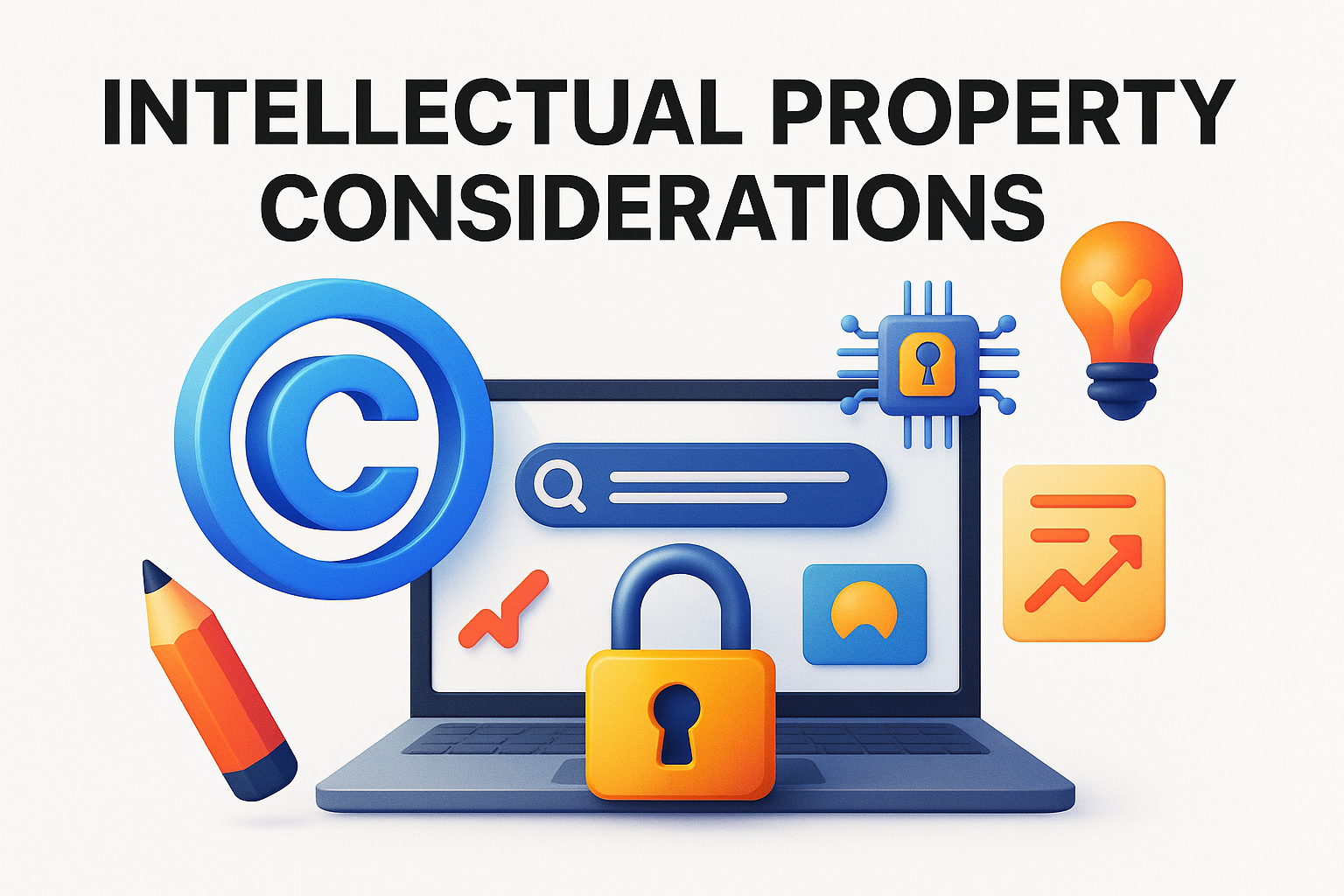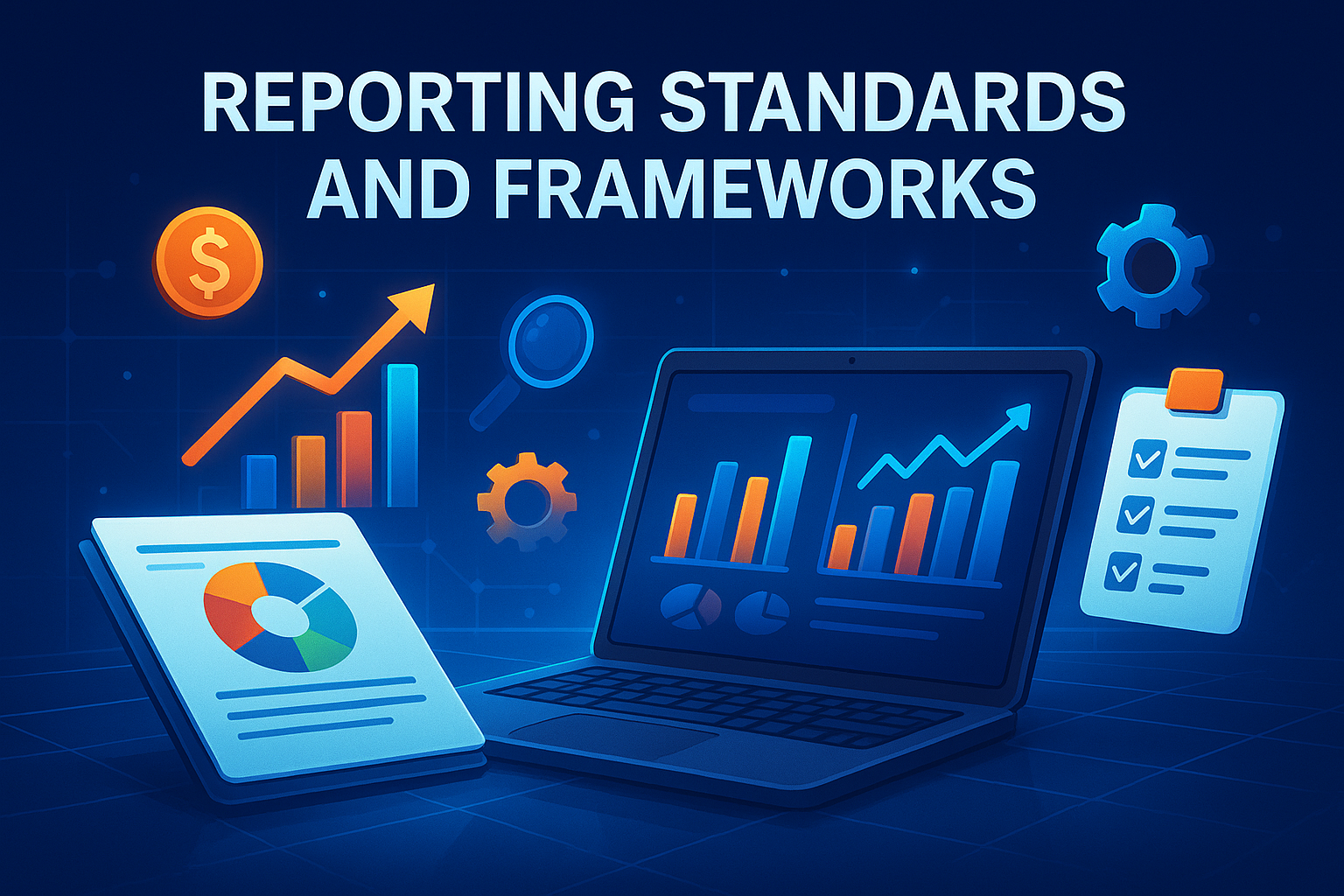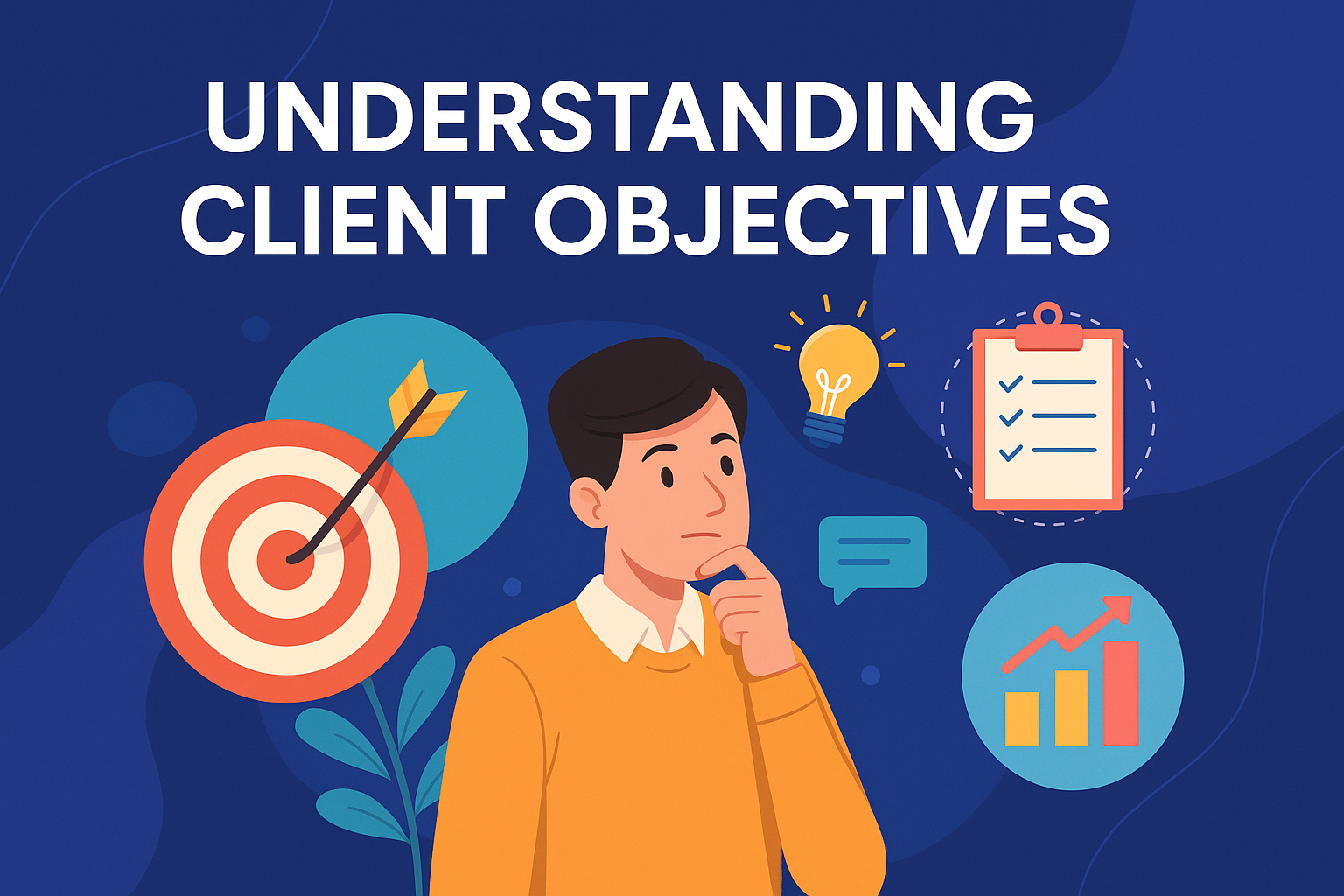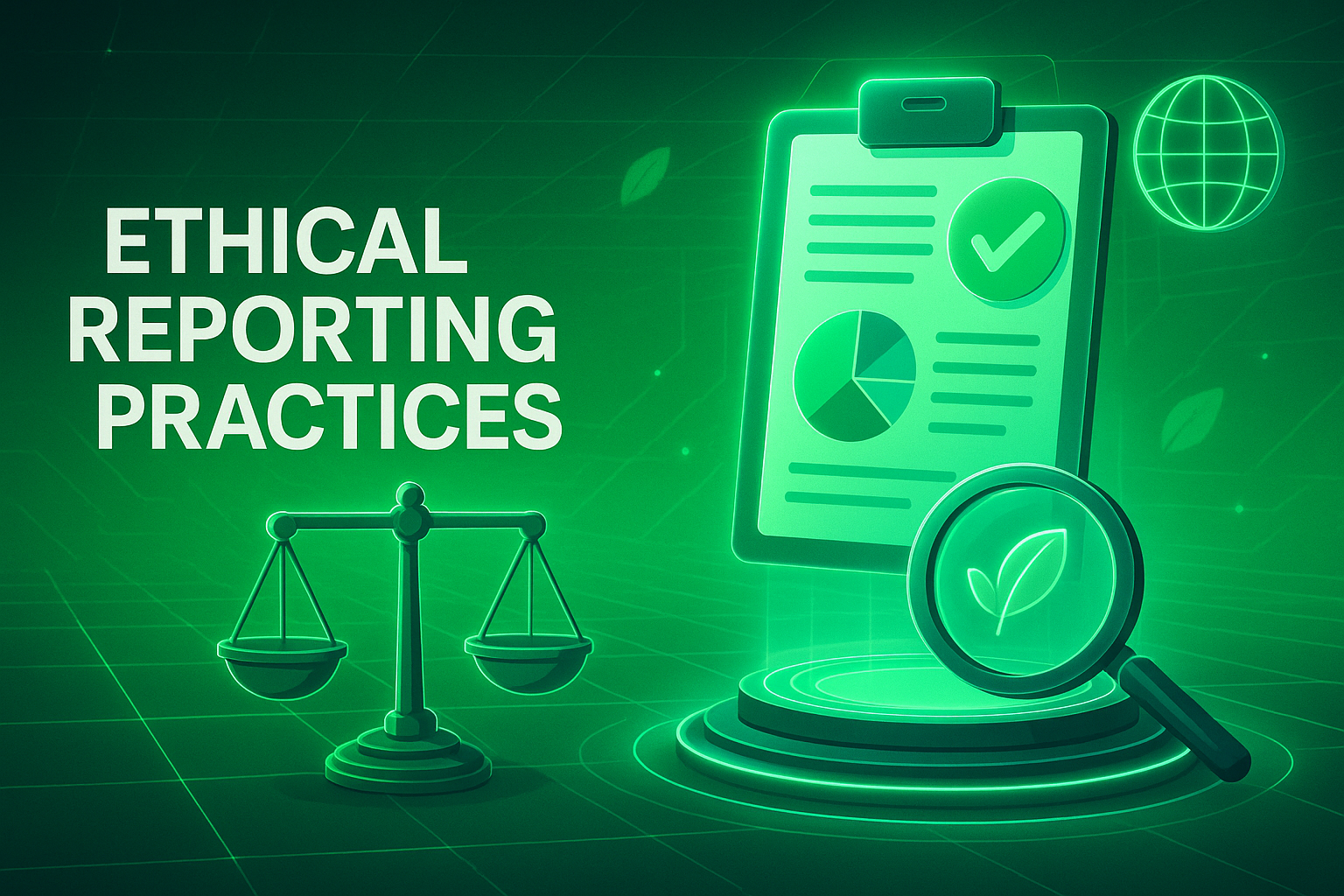GDPR and Data Privacy for Reporting
Key Takeaways
-
Data privacy laws differ across regions. The EU, US, and APAC each follow different regulatory models that organizations need to be aware of.
-
Becoming compliant frequently entails adjusting business practices, mobilizing expensive new processes and rethinking data strategies to conform with international standards.
-
Frequent internal audits and quick breach notices help organizations stay GDPR compliant and manage risk collaboratively.
-
New technologies such as AI, blockchain, and IoT offer fresh possibilities and intricate data privacy obstacles.
-
By building consumer trust, using data ethically, and prioritizing privacy, companies can create a great reputation and gain a competitive advantage.
-
By keeping up the pace with shifting privacy laws and anticipating necessary policy updates, organizations can avoid future fines and promote sustainable success.
Data privacy laws are regulations established by governments to regulate how organizations gather, use, and maintain personal information.
These regulations are designed to protect people’s data and empower users over how it’s used. Most nations have now established rigorous laws for data use, with penalties for violations.
Knowing these regulations helps companies handle data responsibly and avoid unnecessary risks. In the next sections, we’ll break down the most important laws and explain what they mean for your team in practical terms.
The Global Privacy Patchwork

The global privacy patchwork refers to a world in which data privacy laws change from jurisdiction to jurisdiction. Countries and states establish guidelines consistent with their own values, concerns, and legal traditions. This creates complexity for any party collecting or using personal data, particularly organizations that operate cross-border.
Some laws are sweeping, while others focus on just a few areas, like health, kids’ data, or biometrics. These patches keep shifting as new laws come into effect every year.
1. The EU Model

The EU’s GDPR is the world’s best-known privacy law. It launched in 2018, and it altered the way organizations manage data, not just in Europe but around the world. GDPR provides individuals with explicit rights to their own data, such as the ability to access, rectify, transfer, or erase it.

It requires businesses to be transparent about data usage, to obtain explicit consent, and to safeguard personal information responsibly.

It covers any entity processing data of EU citizens, wherever it is located.

GDPR breach fines are among the highest worldwide.
2. The US Model
There is no single federal law for privacy in the US. Instead, they’re a mixture of state and sector rules, a patchwork even within one country. California’s CCPA, which kicked off in 2020, lays a powerful groundwork for other states.

Over 20 states have now passed sweeping privacy laws, and others are targeting niche topics like health, children, or social media. Laws in Colorado, Montana, and other states add rules for biometric data, like fingerprints or face scans.
States such as Delaware, Iowa, Nebraska, New Hampshire, and New Jersey have new laws, with new laws soon to be in Tennessee and Minnesota, then Maryland, Indiana, Kentucky, and Rhode Island within the next two years. As such, this patchwork system causes problems for businesses that have to operate under varying regulations from state to state.
3. The APAC Model

Asia-Pacific countries have a diverse blend of privacy strategies. Japan and South Korea have laws that are closer to the EU’s style, emphasizing consent and robust individual rights. China maintains rigid data handling regulations emphasizing state supervision and control.
The Privacy Act in Australia covers most personal data, but new changes are being discussed that would augment the law with more force. Most other countries in the region are updating their laws to catch up to global trends and local needs, so the rules keep moving.
4. The Hybrid Model
Other countries create hybrids by combining elements of these models.
Brazil’s LGPD, for example, borrows from GDPR but adapts it to Brazilian requirements.

South Africa’s Protection of Personal Information Act (POPIA) takes inspiration from both the EU and local legislation.

This combination allows nations to craft privacy standards that align with their culture and economy. Yet, it further complicates the international quilt. For organizations, that implies monitoring changes and modifying their data practices, sometimes on a per-country basis.
Navigating Compliance Challenges

Data privacy laws now guide the way they process personal data. With vast amounts of sensitive data being transacted daily, organizations are encountering increasing pressure to comply with rigorous regulations in multiple markets. There is a lack of a unified global framework, particularly in countries like the US, where state laws are rushing to fill the void left by the federal government’s inaction.
Non-compliance can incur draconian fines and expensive settlements, and maybe most damaging of all, it can gradually erode consumer trust.
Operational Hurdles
Dealing with data privacy isn’t straightforward. Since there’s no single federal law in the U.S., companies end up juggling different rules depending on the state. That creates a lot of challenges, like:
-
Constant updates: Policies, training, and legal reviews need regular refreshes.
-
Heavy requests: Data access and deletion requests pile up fast, especially without automation.
-
Extra checks: Even something simple like website analytics needs compliance vetting.
-
Risk of mistakes: The more jurisdictions involved, the easier it is to slip up.
-
Serious consequences: Big breaches can cost millions (like Equifax’s $700M penalty), while even small missteps can damage trust for years.
Financial Burdens
The expenses associated with compliance extend far beyond penalties. New systems to manage consent, monitor compliance, and store data securely can require considerable upfront investment to put in place. For international companies, these costs are multiplied as every market necessitates its own adjustments.
The fines for breaches are steep, with GDPR penalties reaching £183 million for a single incident involving 500,000 customers.
Small and midsize businesses can sense this squeeze the most. Hiring privacy specialists and upgrading IT infrastructure, and funding ongoing training, all come at a cost.
When a breach does occur, costs associated with settlements, legal assistance, and customer notification can rapidly exceed what it would have cost to prevent.
Strategic Shifts
With stricter privacy laws coming up, it’s forcing lots of companies to reconsider their product. With more states and countries rolling out new data rules, 2023 and 2024 brought significant jumps in US state-level laws. Firms are trending toward privacy-by-design.
That is to say, designing compliance into products from the outset, not as a bolt-on. Others treat data minimization as a competitive advantage. Collecting only what they need minimizes risk, both in dollars and harm, and cultivates trust.
GDPR Reporting Compliance
GDPR reporting compliance focuses on specific guidelines that govern the way businesses process individual data. The law has seven core principles that direct everything from gathering to retaining and deleting data. These principles encompass lawfulness, fairness, transparency, purpose limitation, data minimization, accuracy, storage limitation, integrity, confidentiality, and accountability.

Companies need to process data respectfully, retain it only as long as necessary, and always keep individuals’ rights in mind. For the rest of the world, these rules affect you if you process data in the EU or if you’re a non-EU company processing the information of EU residents. The law requests continuous audits, evaluations, and transparent records to demonstrate adherence throughout.
You can also check out this GDPR Checklist for data controllers:
Lawful basis and transparency:

Data security:

Accountability and governance:

Privacy rights:

Internal Audits
Internal audits evaluate an organization’s compliance with the GDPR. Audits provide a comprehensive view of data flows, from collection to destruction. They tend to audit whether DPAs are in place with third parties, whether technical measures such as 2FA and encryption are employed, and whether employees adhere to defined policies.
Breach Notifications
In the event of a data breach, GDPR mandates organizations notify the appropriate authority immediately and, if feasible, within seventy-two hours of becoming aware, unless the breach is unlikely to risk the rights and freedoms of people whose data is impacted. The report must specify the nature of the personal data concerned, the number of data subjects involved, and the potential consequences.
Data Protection Impact Assessments

A DPIA is required in instances where data processing may present a high risk to the rights and freedoms of individuals. DPIAs chart the path of personal data, identify dangers, and define measures to reduce those dangers. For instance, a marketing agency deploying a new analytics tool needs to audit what information is gathered, how it’s secured, and who can access it.
DPIAs further consider if a Data Protection Officer (DPO) should be designated, as mandated for some organizations, including public bodies. The DPIA is a continuous process that you review regularly to adapt to changes in technology or business needs.
The Technology Collision
The tech boom has necessitated a fresh examination of state privacy legislation and information privacy statutes across the globe. Agencies, companies, and individuals now have new questions about how to govern personal data as AI, blockchain, and the IoT blur the line between data use and abuse. The stakes are high for marketing agencies, SaaS teams, and anyone managing sensitive user data under state data privacy laws.
Artificial Intelligence
AI is at the heart of today’s privacy debates. These systems collect and learn from browsing history, purchases, and even location—often without users realizing it. The result? Detailed profiles that can reveal political views, sexuality, or other deeply personal traits.
Data brokers then sell this information, making it easy for AI tools to dig even deeper. That’s why regulators and courts are focusing less on if privacy laws apply to AI, and more on how they should.
The fractured U.S. privacy landscape adds to the chaos. Different states have different rules, leading to lawsuits and growing pressure on AI companies. The challenge is clear: AI inferences are hard to track, yet they influence how businesses communicate, set contracts, and even uphold ethical standards.
Blockchain
Blockchain brings another twist. While it’s praised for being secure and transparent, that transparency comes with privacy risks. Every transaction is permanent and visible, even if names are hidden behind pseudonyms. With enough cross-referencing, those pseudonyms can often be linked back to real people.
Here’s the issue: blockchain’s immutability clashes with privacy rights, like the GDPR’s “right to be forgotten.” Companies operating globally now face conflicting regulations on data retention. That means they need clear policies and smart technical solutions to protect users while still leveraging the benefits of blockchain.
Future of Data Privacy Laws

Data privacy laws are tightening worldwide, with governments pushing stricter rules to protect personal information and hold companies accountable. From the EU’s AI Act, which could fine violators up to 6% of global revenue, to new U.S. state laws like those in Maryland and New Hampshire, businesses face a growing patchwork of regulations.
To keep up, companies are adopting AI and machine learning to spot risks faster, using advanced encryption and anonymization to secure data, and preparing for stricter rules around teens’ information. The trend is clear: stronger protections, heavier penalties, and the need for adaptable privacy systems that can meet evolving global standards.
Cookie rules are closing in, too. Supervisors are now using sophisticated tools to scan sites and identify cookie consent issues. If companies don’t ask for permission the right way, they could get fined €20 million or 4% of total global sales.
This makes everyone take cookie banners and tracking preferences seriously. Laws like the Maryland MCDPA demonstrate a shift towards regulations outlining what businesses may and may not do with personal information.
They provide individuals with additional rights such as the right to access, correct, or erase their personal data. Companies must now say what they do with data and demonstrate that they protect it.
Conclusion
Data privacy laws are constantly evolving at a rapid pace. All the countries have their own rules, and new tech only complicates things further. Teams must identify the gaps, remain aware of changing regulations, and implement tools that facilitate compliance. Good habits and strong checks do make a difference. Teams that stay sharp can avoid fines and maintain trust. For instance, applying transparent consent forms or verifying data utilization can immediately reduce potential threats. Easy things like these grow trust incrementally.
To stay on top, keep learning, share what works, and use tools that fit your style. Ready to decode your own data stream? With KPI.me, you can get a smart report that shows you exactly where you stand—fast.
Frequently Asked Questions
What are data privacy laws?
Data privacy laws, including state data privacy laws, establish standards for how organizations gather, utilize, store, and distribute information on individuals.
Why do data privacy laws differ across countries?
Every country has its own legal system, culture, and priorities, leading to varying state privacy laws and a worldwide mosaic of data privacy legislation.
What is the GDPR, and why is it important?
GDPR, or the General Data Protection Regulation, is a European Union law that establishes stringent guidelines for the processing of personal data, influencing state data privacy laws and consumer data privacy laws globally.
What are common compliance challenges with data privacy laws?
Businesses encounter issues such as interpreting evolving state privacy laws, handling regional variations, and maintaining compliant user consent and reporting.
How does technology affect data privacy compliance?
New technologies, like cloud services and AI, introduce new risks and complexities, compelling businesses to evolve and comply with state data privacy laws.
What does “beyond the letter of the law” mean in data privacy?
It means more than mere compliance with state privacy laws. Companies should cultivate trust by honoring privacy principles, being transparent, and protecting customer data when they aren’t required by law.
How might data privacy laws change in the future?
Data privacy laws, including state privacy legislation, will most probably tighten and coalesce. International collaboration might intensify, and emerging regulations might tackle technological progress and information utilization.

